What is guinea fowl?
Guinea fowl are the new popular species’ name raising in the market. They are known by various names like Guinea hen, Guinea chicken or Guinea bird, but a guinea fowl is nothing like an ordinary hen. They are in themselves an exciting addition to your home or farm. Their looks are similar to a hen, but their personality traits and their habits are nothing like a hen. Raising a Guinea fowl is entirely challenging on another level, but once trained, they can come in handy for a lot of farm-related and pest-concerned benefits.
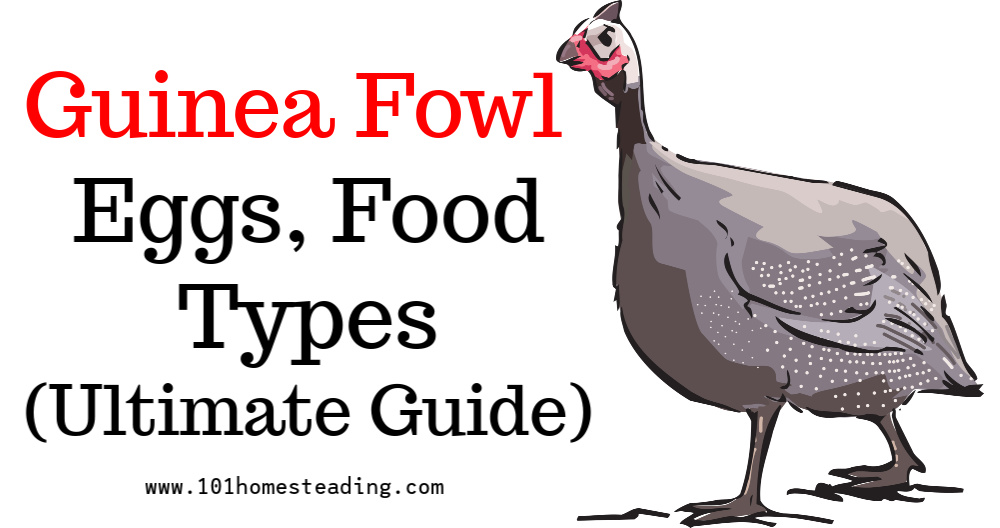
Their origin dates back to West Africa, the first people to come across Guinea fowls were Romans who raised them on farms and tried their hands on taming them, but unlike hens, a guinea fowl is not prone to training. It is one of the most dominant and territorial species to have in your home as a pet.
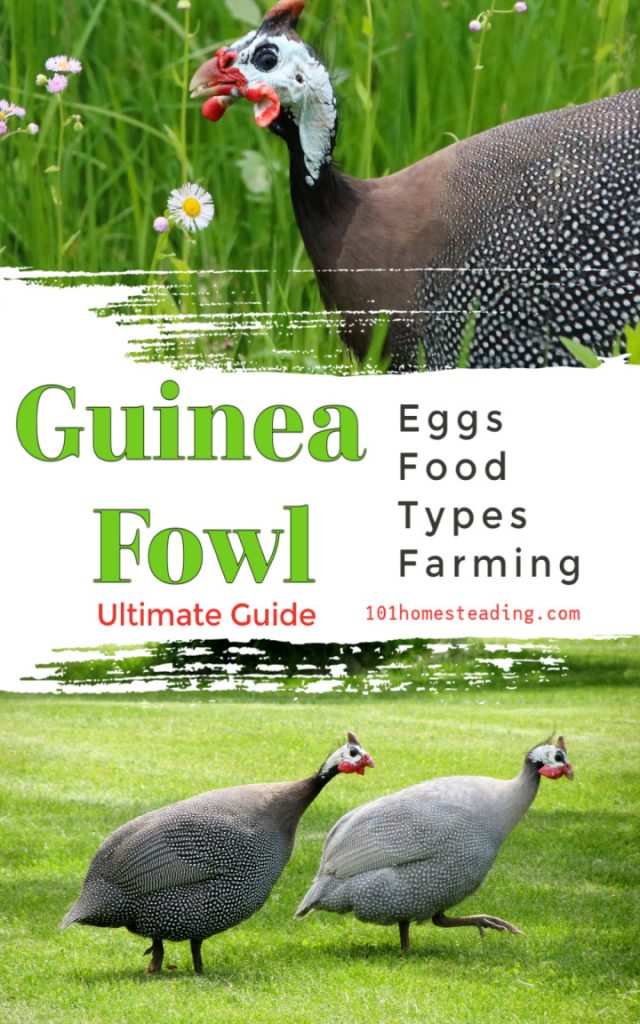
Types of Guinea Fowl:
There are several kinds of Guinea fowls, to quote some there’re are;
Black Guinea fowl
Mid-sized blackbird with bare skin pink head and neck, the head and upper neck, has no feathers. It’s usually found in the forests of Central Africa.
White Breasted Guinea Fowl
The beauty of its kind, colorful like a peacock, White-breasted Guinea fowl is now an endangered and exposed species by IUCN, due to the extensive hunting going around in the West African regions, where it usually habitats. The bare-headed red neck guinea fowl is a vision in itself with a white chest and greenish-black and long tail.
Helmeted Guinea Fowl
It is the most known and seen among all of its species. Its bare skin has a lean yellowish or brownish knob; it has black feathers with white sprinkles on them. The combination of this black-feathered body with unfeather blue or redhead and neck makes it stand out among turkeys and hens. It can be found in Europe.
Plumed Guinea Fowl
Found in Central Africa’s forest, it’s bare skin is dull grey with orange spots around the corner.
Crested Guinea Fowl
It can be seen in the Sub Sahara region of Africa. It has its distinctive look with a black crest hanging on top of its head, its feathers are initially small and gradually larger by the end of its tail enriched with white spots.
Vulturine Guinea fowl
With a curvy round body and a small head, it resembles a vulture more than any other guinea fowl as it has longer wings with white stripes running from its neck down to its chest. Its tail is long, and moreover, it is bigger to any of the other fellow species. It’s closest resemble can only be found to that of a white-breasted guinea fowl. It has a combination of the blue chest with black feathers and tail spotted with white patches across them.
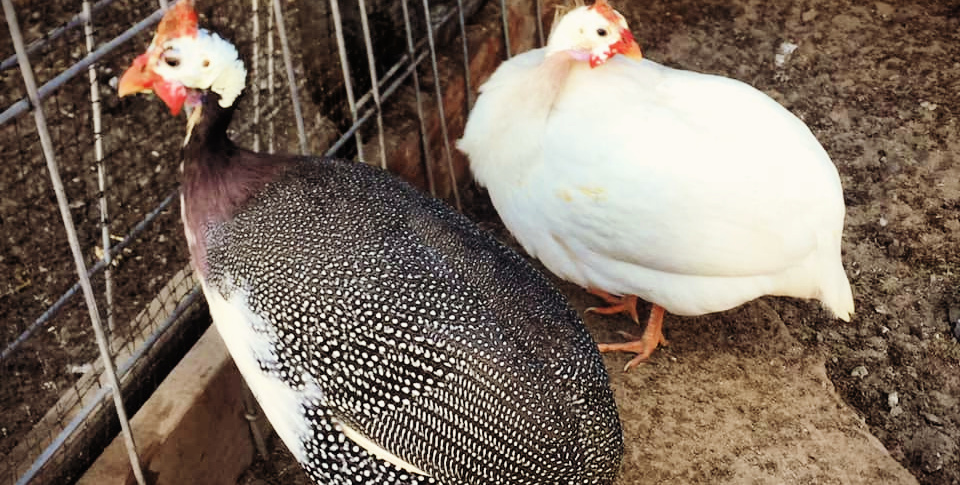
Among all these various kinds of Guinea Fowls, the only ones that can be seen abundantly and taken in for domestication are the Helmeted Guinea Fowl. Let’s go down all the things you need to know before getting one for yourself.
What does Guinea Fowl eat?
Taking in or keeping a Guinea Fowl comes in a lot handier than keeping any other bird on the farm, you can count on them to keep a look or take care of your farm, might as well call them as your Farming Buddy. Keeping a guinea fowl means you are going to worry less about mice, rats, and insects. Why? Because guinea fowl eats them. The wilder guinea fowl diet on rats and mice whereas the domesticated ones eat a large number of insects say hello to your pest control and farm buddy partner! They are especially known to take care of ticks, grasshoppers, flies, and crickets too.
If you’re having snakes’ problem at your farm or backyard, then introducing a combination of Guinea Fowls and snakes can address that problem quite easily. As flocks of Guinea fowls are known to eat snakes. Having a guinea fowl means you don’t have to worry about anything, anymore. How? Guinea fowls are considered to be the watchdog for your farm or backyard, a guinea fowl’s sound is loud and screechy, but at the same time, it’s an alarm for trespass at your backyard/farm. They are going to take care of your problems by literally eating them away from you! (Problems like Pest insects or snakes)
How to raise Guinea Fowl?
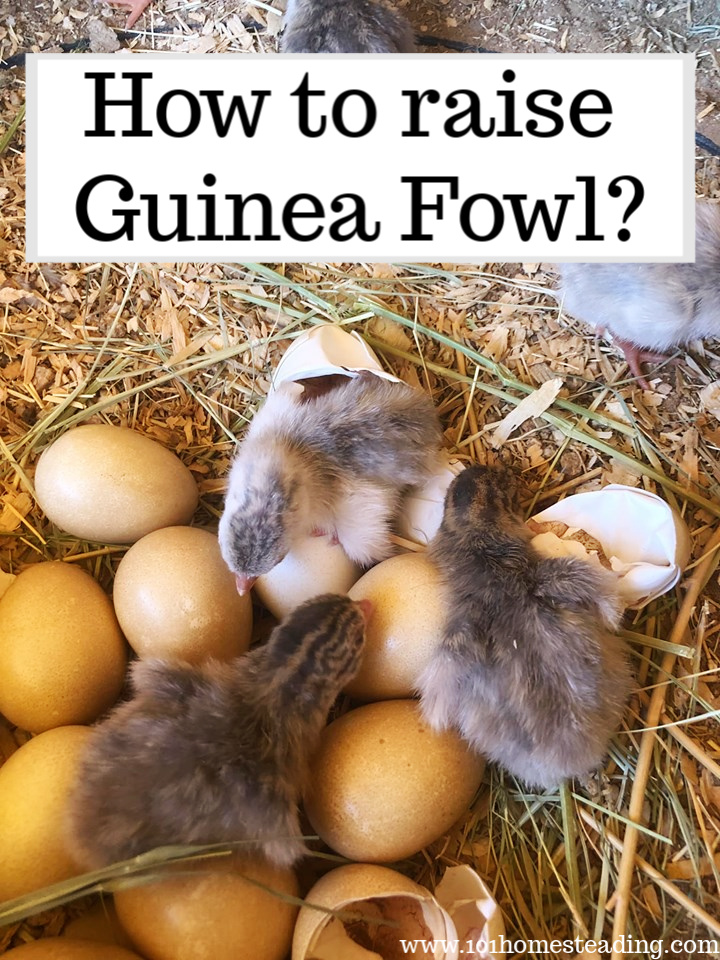
If you’re looking for another domesticated bird addition to your backyard who can somewhat mix up with your roosters and hens, then start raising them from Keets (Baby Guinea Fowls). When you start raising Guinea Fowl as Keets, there’s a slightly better chance to get them tamed better as to that of a grown Guinea Fowl. As grown Guinea Fowls are known to be wild and free roamers, even territorial bullies at many points, they are best suited for farms. If you’re planning to cohabitate and raising Guinea Fowl with your chickens, take them in as Keets and raise them together. Even when you’re doing so, never for a moment expect your Guinea Fowl to exhibit the same personality traits as your chickens. Chickens and Guinea Fowls are two completely different species.
Since they have migrated from Africa, they prefer a warm climate over cold and wet. If you keep them dry and warm, they are going to be fine and healthy. If they’re running around, DO NOT catch them by running after them. This makes them panic, and when they panic, they are the most uncontrollable screeching creatures to have around. Let them settle on their own or do it slowly and casually.
Shelter Your Guinea Hens
Guinea Fowls are independent and not a huge fan of socializing, if you don’t shelter them, they can roost in the trees.
They usually like to sit around the top branches of trees, and if you are planning to domesticate them completely you will have to clip their wings, or they’ll be flying around. If you are planning to confine them like your chickens, use at least 4 to 5 square foot spacing for each bird individually, you try to keep them congested they are going to dislike and get stressed about it. For general food, you can feed them with water and mixed grain.
They are also not a huge fan of dark so better put up a light voltage bulb to keep them out of stress. If you cover all these points while keeping a Guinea Fowl, their life spans range around 10 plus years. You can have a backyard companion for that long! If you try domesticating them as per your convenience, just as a heads up, you should know that Guinea Fowl’s sound is loud and constant. They won’t stop squeaking if you are deliberately taming them into what suits you best like putting them in cages etc.
What to know about Guinea Fowl Eggs?
A Guinea Fowl is known for its monogamous nature, they mate with a partner for life.
Guinea fowl eggs are a little bit smaller than that of chicken eggs, brownish with harder shells and freckled surfaces but the taste is way more enriched to that of a chicken’s egg. They are not very fussy or choosy about laying eggs, they can lay eggs in thick grass, or long bushes. But if they decide to lay eggs in nests, they can stack them up to 50. If you are planning to hatch Guinea Fowl eggs, you’ll have to wait around 26 to 28 days.
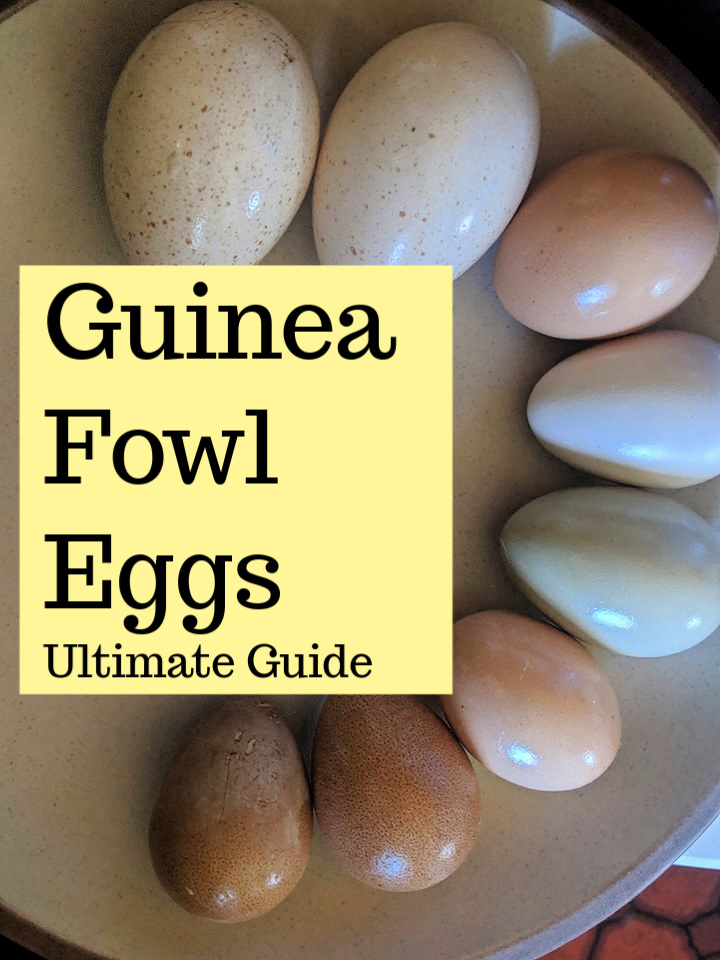
The hatched Keets will go back to their mothers and flock, but some usually don’t make it as they are extremely fragile to strict weather conditions. If they happen to make it for the first 4 weeks, chances are brightened up for that Keet to grow up into your next Guinea Fowl.
Where to buy Guinea Fowl
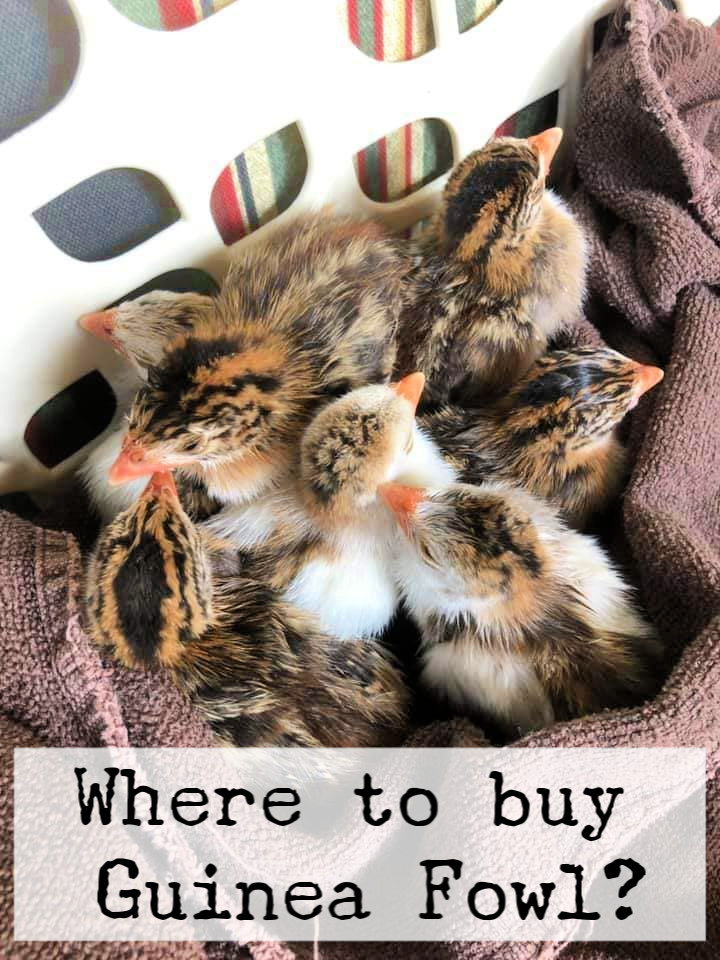
If you are surfing through the internet and you happen to read Guinea Fowl for sale, don’t just jump to Buy Now button because they look pretty and you read somewhere the benefits of having a Guinea Fowl. Do your research, complete your homework before getting yourself a Guinea Fowl. They can be extremely challenging, raising guinea fowl is way more nerve pressing than perhaps raising a baby.
You can put an order online and get them in the mail by using local research to locate facilities providing them. You can also use online market places like searching on Facebook Market or any other search engine based on your local preferences. For instance, in the US, you can place an order on Guinea Farm; Guinea Fowl Hatchery or Cackle Hatchery.
For the record, if you’re planning to get yourself a Keet, given how fragile they are picking them up physically from a Hatchery would be better.
What do you think about Guinea Fowl?
Getting a Guinea Fowl is not everyone’s cup of tea, they are more of a tough game only get into it if you are either way too exhausted of trespasser stray cats and dogs in your backyard, pesticides are eating the insides of your farm, or you like to have chirpy, hyper-active fellows around!
Comment us if you have any question about Guinea Fowl farming, foods, eggs and types!

This is a great article. It must inform and teach many . I am so glad I read it. It gives me comfort and determination to move on with my 80+ flock..!!!